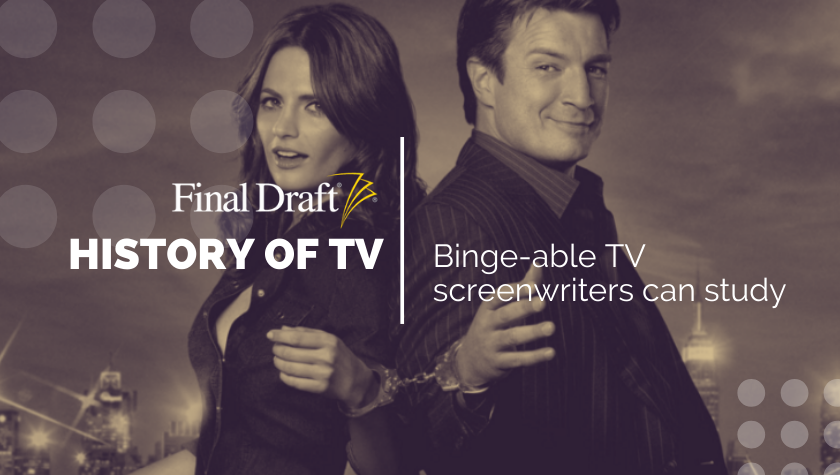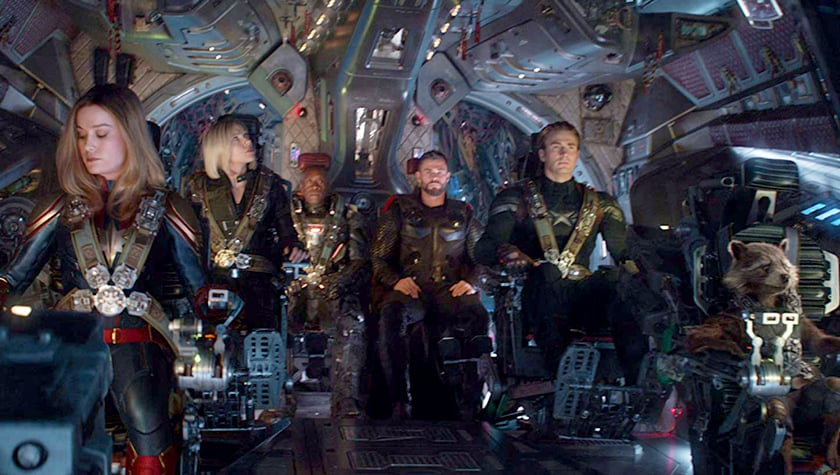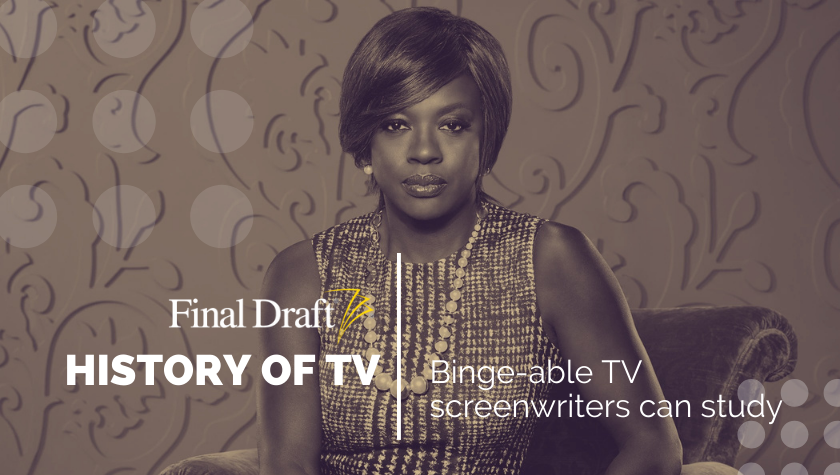History of TV: Why ‘The Wire’ is Still Relevant Television Today
December 17, 2020
The American dream at its best: enterprising drug lords go up against the Baltimore Police Department in the first season of HBO’s The Wire. Right out of the starting gate, the crime drama sets up the whole series through a seemingly random conversation between Det. James McNulty (played by Dominic West) and a murder witness discussing the deceased’s unfortunate nickname: Snot Boogie.
“His nose starts running and some asshole, instead of handing him a Kleenex, he calls him Snot. So he’s Snot forever. Doesn’t seem fair,” says McNulty. “Life be that way, I guess,” replies the witness.
The message lands hard, especially if you’re a screenwriter versed in the ways of how theme plays into your story. You know that this show isn’t going to go pretty places.
Theme: The Inherent Flaws of Institution
As the pilot continues to set up the dichotomy of the bureaucratic mess that is the police department and city hall parallel to the ordered and loyal drug-dealing gang, the Barksdale Organization, Sgt. Ellis Carver (Seth Gilliam) delivers the pilot’s most haunting line: “You can’t even call this shit a war. Wars end.” And you’re instantly reminded that while the picture quality of this early 2000’s procedural may be grainy; the bleak reality is that its themes are still all too real.
Fitting that the five-season series aired on the network known for grit and visceral content. The Wire is a raw and honest portrayal of institutional hierarchy from all angles, humanizing the “bad guys” and the “good guys” through their relationships in a way that all lines become blurred when you find yourself caring for the “wrong” character. A sign of good writing, and reality — we watch the choices being made for the drug dealers on the street and the detectives answering to their superiors alike.
A fourth-wall theme is also inherent in the show’s use of wiretap technology by the police to surveil their targets, just as the audience has a front row seat to their activity; all wrapped up with a neat bow in the title, The Wire.
Structure: The Season Arc
On a high level, the show examines every level of bureaucracy and street-level organization. Within that, each season presents a storyline involving law enforcement and: the illegal drug trade, the seaport system, city hall, the public-school system, and print news. While some characters remain the same and storylines breadcrumb through all five seasons, others come and go.
One of my favorite parts of the show is a structural device, in which on the tail of the opening titles, a quotation appears onscreen that will be uttered by a character later in the episode. It lends itself well to theme as well and informs us on a subconscious level what we’ll be “learning” about during the next hour.
Another cool style choice that leant itself well to The Wire’s overall mood was that aside from the occasional montage or the opening and closing themes, music was sparsely used, and only when it was part of the scene; beats coming from a car radio or a boom box.
Realism: Writing From Experience
Every character has their ambition, and no one is safe from criticism — or from being killed off — just like in real life and especially true for the world former police reporter David Simon created with his writing partner Ed Burns, a former homicide detective and public-school teacher. Their experiences in Baltimore and with its people were the foundation for the show and its realistic characters.
The Wire had a largely black cast, which was true to Baltimore demographics and important for the Hollywood landscape as well in that there weren’t a lot of shows featuring such a diverse cast on TV 20 years ago. Big screen stars Idris Elba and Michael B. Jordan were part of the cast, while Sonja Sohn (Star Trek: Discovery) and Michael K. Williams (Lovecraft Country) played openly LGBTQ characters when such onscreen representation was minimal.
It’s also key to note that police representation differed from their televised counterparts in that all of the detectives weren’t necessarily out to protect and serve. Police brutality and those caught up within bureaucratic limitations and politics shared screen time with the ones who were out to protect Baltimore. The Wire suggested every character was playing the same game, whether they wore a badge or worked the streets. Actions could be for the greater good, or have horrific consequences.
In Retrospect
The Wire was largely snubbed by awards-show accolades and ratings were often as dismal as the streets it depicted. But the show is a veritable goldmine of screenwriting lessons, incredible acting, and hard-hitting edutainment.
While McNulty is questioning that murder witness in the pilot's opening scene, he finishes off by asking why they let the dead guy “play the game” if they knew he was going to rip them off? “Got to,” the witness replies. “This is America, man.” Everyone is playing the game, striving for their version of the American dream.
You can watch episodes of The Wire on HBO.
Written by: Karin Maxey
After seeing her first big screen movie 007: License to Kill at age six, Karin naturally became obsessed with writing action-infused stories. The next time she’d see Benicio del Toro was in person, at the 68th Cannes Film Festival—he was there for the Sicario red carpet, she was there for her first produced short film in the basement of the Palais…same-same. In between, Karin earned a Creative Writing Degree and landed management at Echo Lake Entertainment. Her scripts have been a Big Break Top 3 finalist, HollyShorts Film Fest Official Selection, and a multi-Screencraft competitions semi-finalist. Karin is also a screenplay editor who delights in the process of polishing writers' work for submission. You can find her at www.writergirlkarin.com.- Topics:
- Discussing TV & Film




